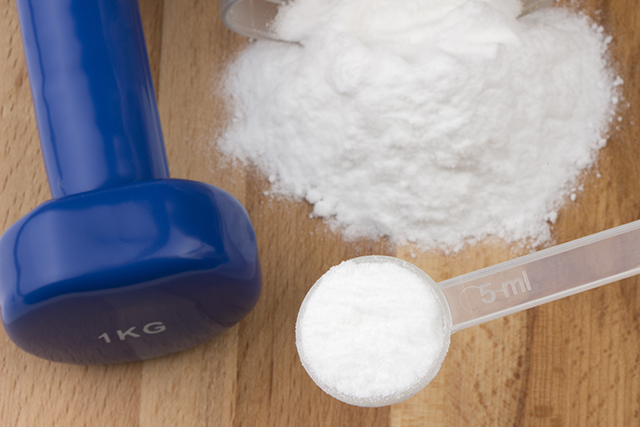Magnesium bisglycinate is an amino acid chelate that binds magnesium to glycine, aiming to reproduce the form in which magnesium is found naturally in food. Studies from the USA suggest good magnesium availability with this chelated form, which also doesn’t appear to have any particular drawbacks.
Magnesium citrate: well absorbed and well tolerated
Magnesium citrate is a well-tolerated form of magnesium. It offers higher-quality absorption compared to magnesium oxide and chelated forms. Citric acid promotes the absorption of magnesium by increasing its solubility. It is therefore considered a good choice that’s suitable for everyone.
Magnesium glycerophosphate: the least laxative option
Magnesium glycerophosphate is a fat-soluble salt that’s likely to be the least laxative option. Researchers compared the laxative effect of different magnesium salts in 20 volunteers, who were given 400mg of magnesium in the form of 11 different salts or a placebo for 28 days. The salts caused diarrhea at a rate ranging from 96% for sulfate to 32% for lactate and 20% for phosphate. The most highly tolerated salt was glycerophosphate, with a reported rate of diarrhea of just 7%, the same as the placebo. Excessive consumption should be avoided, however, as phosphate may promote certain metabolic diseases, notably renal conditions. It is also best avoided by anyone who eats a lot of ready meals and pre-prepared foods, which contain high levels of phosphate-based additives. Plus, magnesium glycerophosphate is more expensive than other forms of magnesium.
Magnesium chloride: the most likely troublemaker
Magnesium chloride is found in many preparations thanks to high bioavailability levels and low cost. However, it can have a laxative effect. Another downside is its acidifying nature, which can be problematic for the elderly or for people with inflammatory bowel disease. On the other hand, this is the salt to choose in the event of certain other conditions leading to low chloride and magnesium levels (Gitelman syndrome), or for people whose stomach doesn’t produce enough hydrochloric acid. Doses shouldn’t exceed 50 to 100mg.
Magnesium oxide and hydroxide: not well absorbed
Magnesium oxide is one of the cheapest magnesium salts on the market, with high magnesium content but very low bioavailability (not much magnesium is absorbed from each dose). Dosage also needs to be split into smaller quantities, of no more than 50mg at a time. With anything higher, the magnesium is even less effectively absorbed and a laxative effect can occur. This is also true of magnesium hydroxide, another cheap form of the mineral.
B6, taurine and B vitamins: good complements
Magnesium almost always comes combined with other vitamins and additives when bought as a supplement. It is often paired with vitamin B6 (pyridoxine), which promotes the absorption of magnesium, so look out for a supplement that combines the two. Another interesting complement is taurine, an amino acid offering the same qualities as vitamin B6, promoting the replenishment of magnesium in cells after episodes of stress, for example. Certain other B vitamins, which help regulate the nervous system, optimize the stress-busting effects of magnesium. All other additives are pretty much worthless. Instead, try snacking on dried fruit or dark chocolate, both of which are rich in magnesium.
The recommended daily intake of magnesium is around 70mg for children from birth to three years old, and approximately 250mg between the ages of nine and 13. For adults, recommended daily intakes are around 350mg for women and 420mg for men.





















